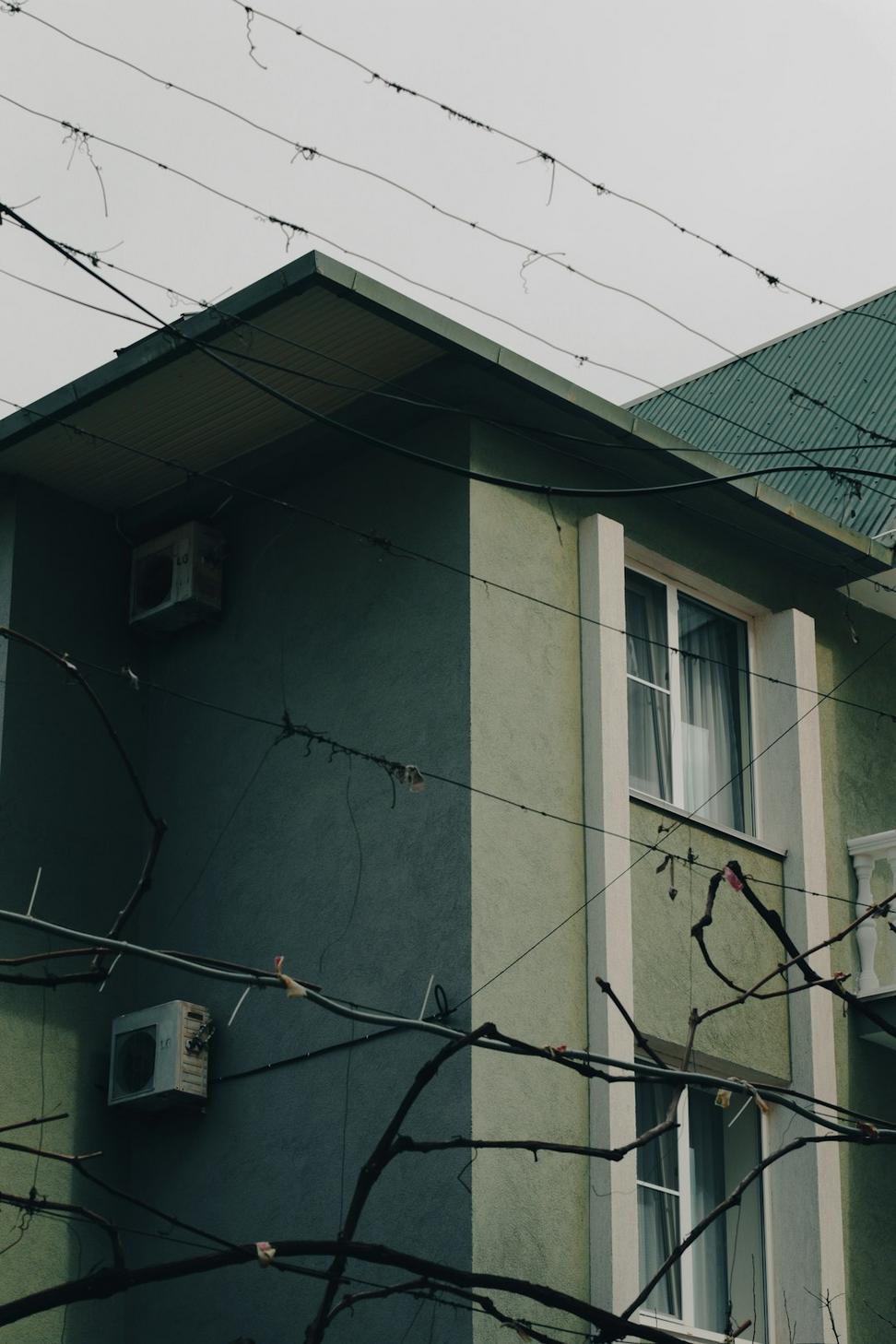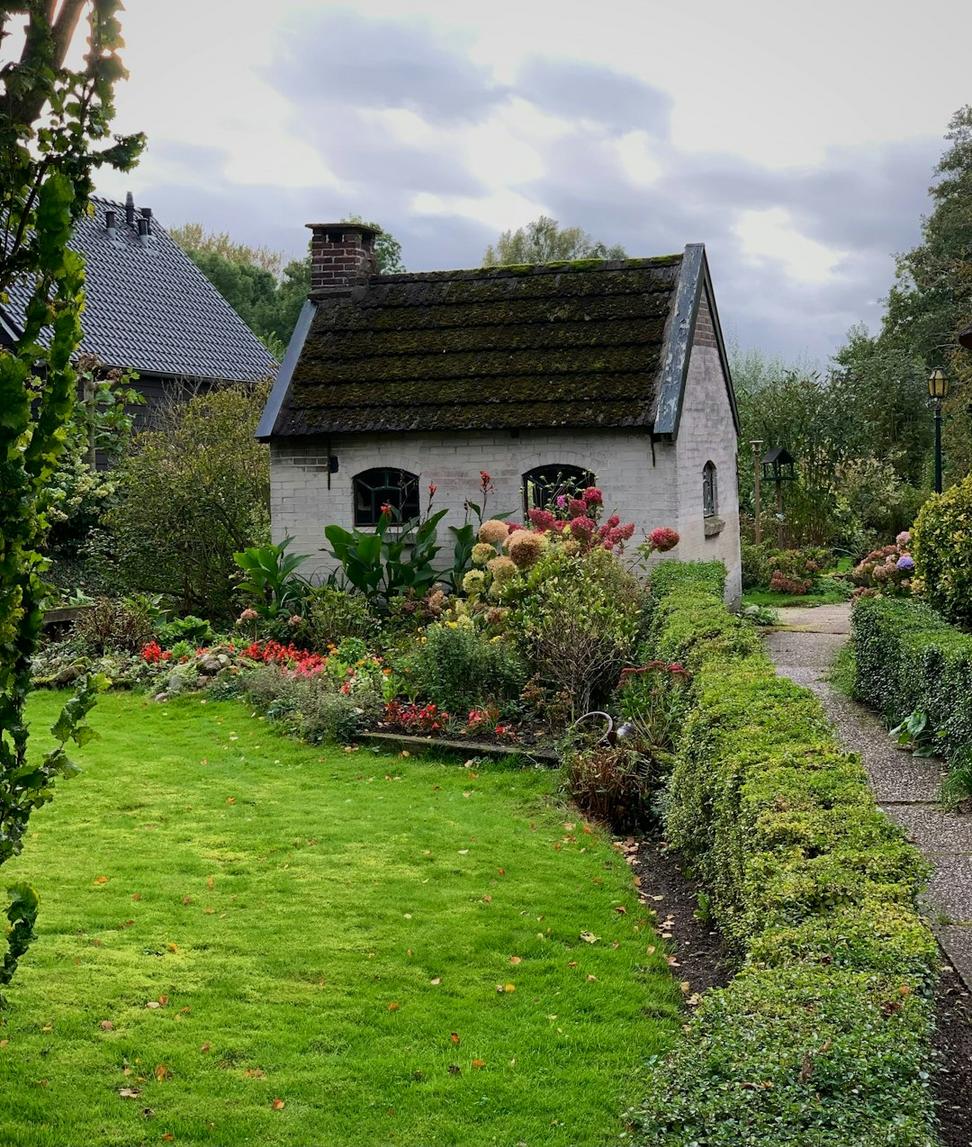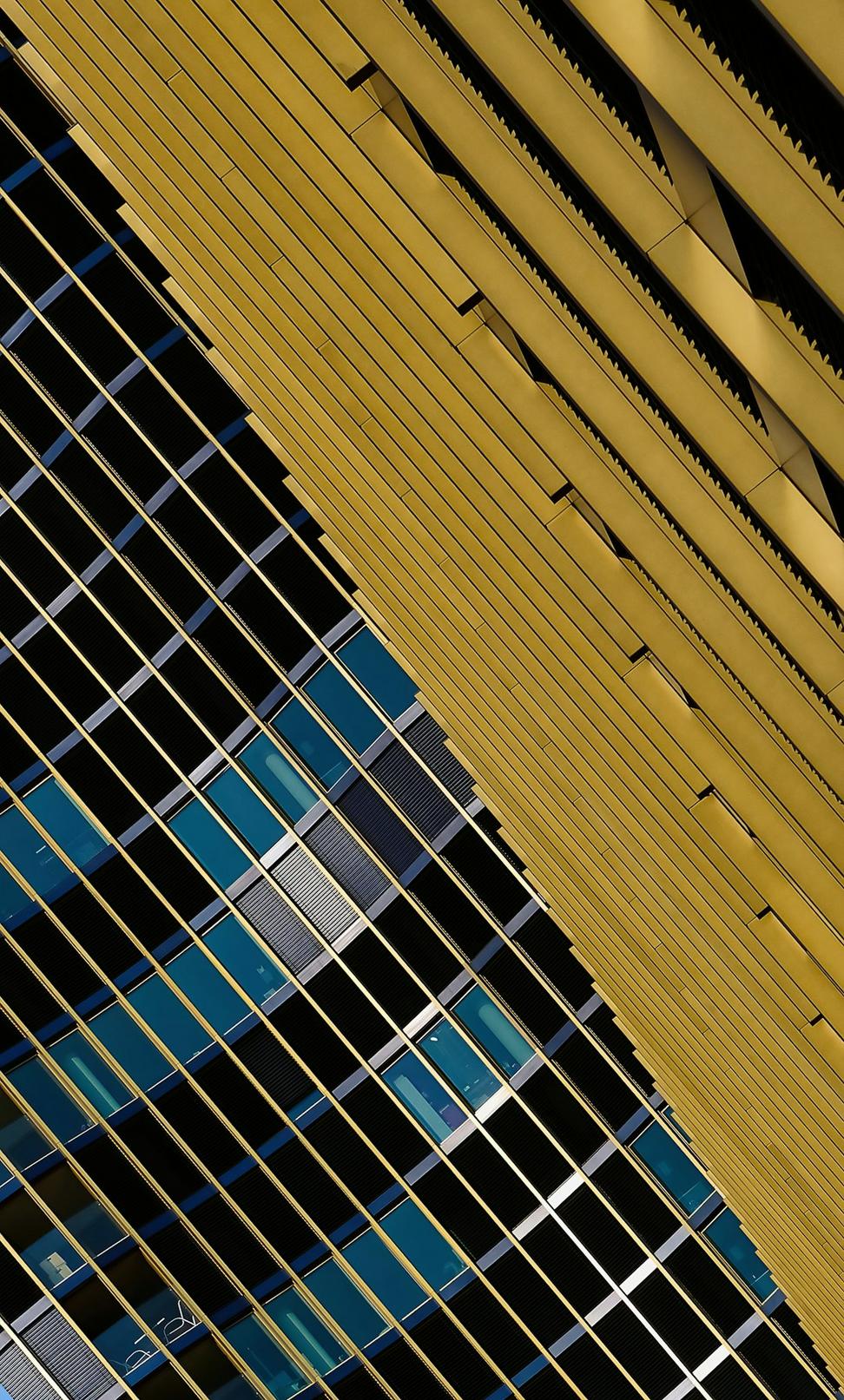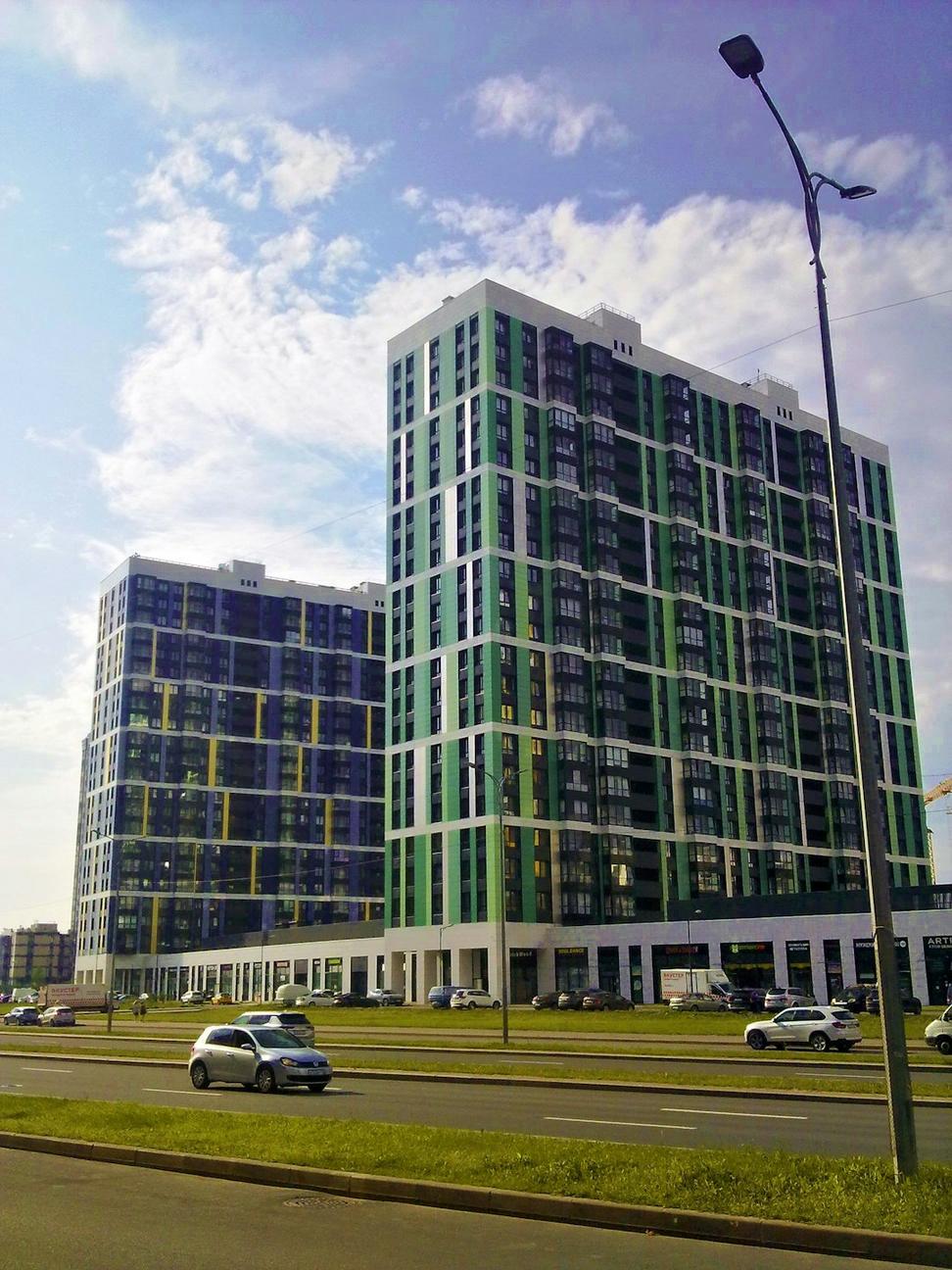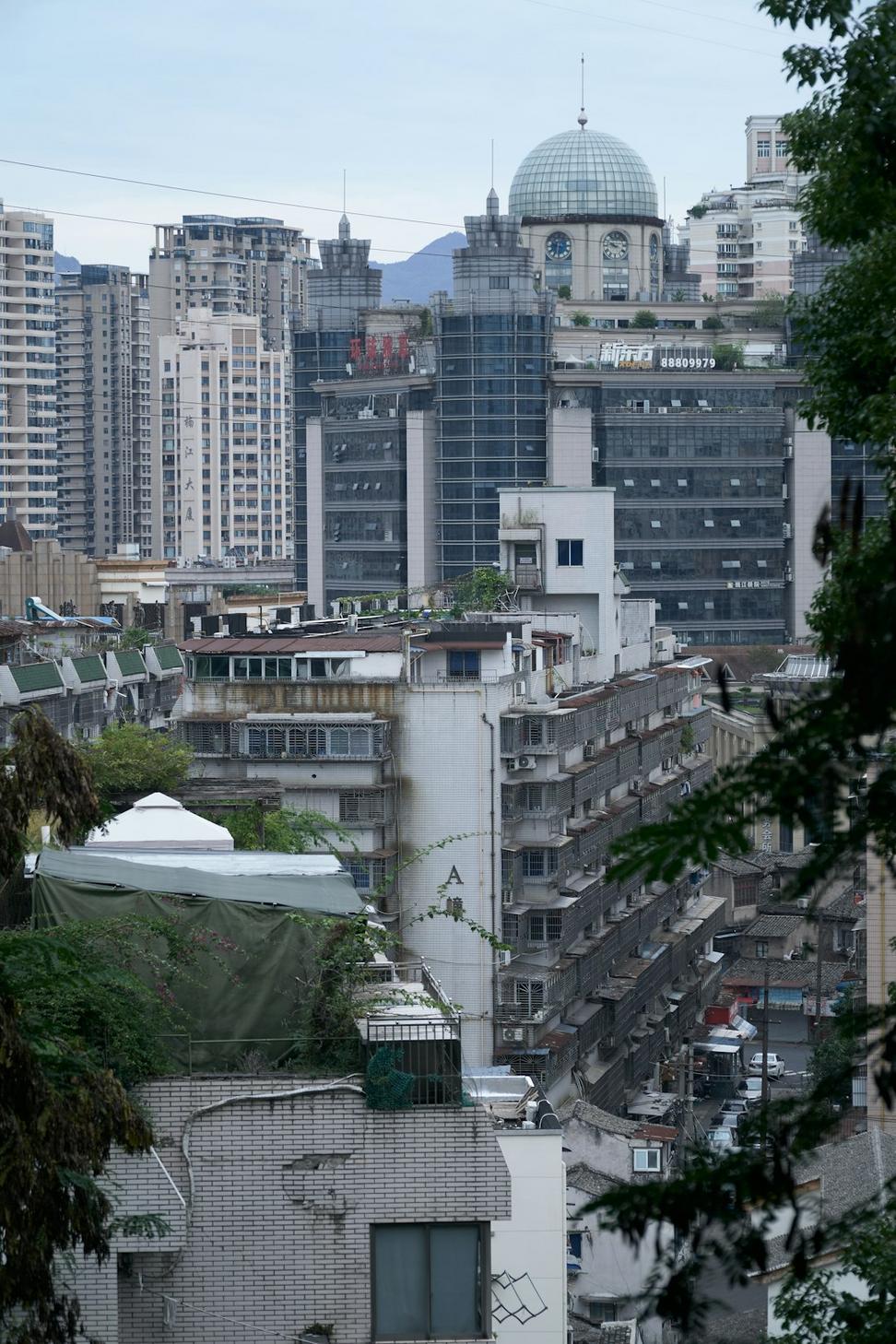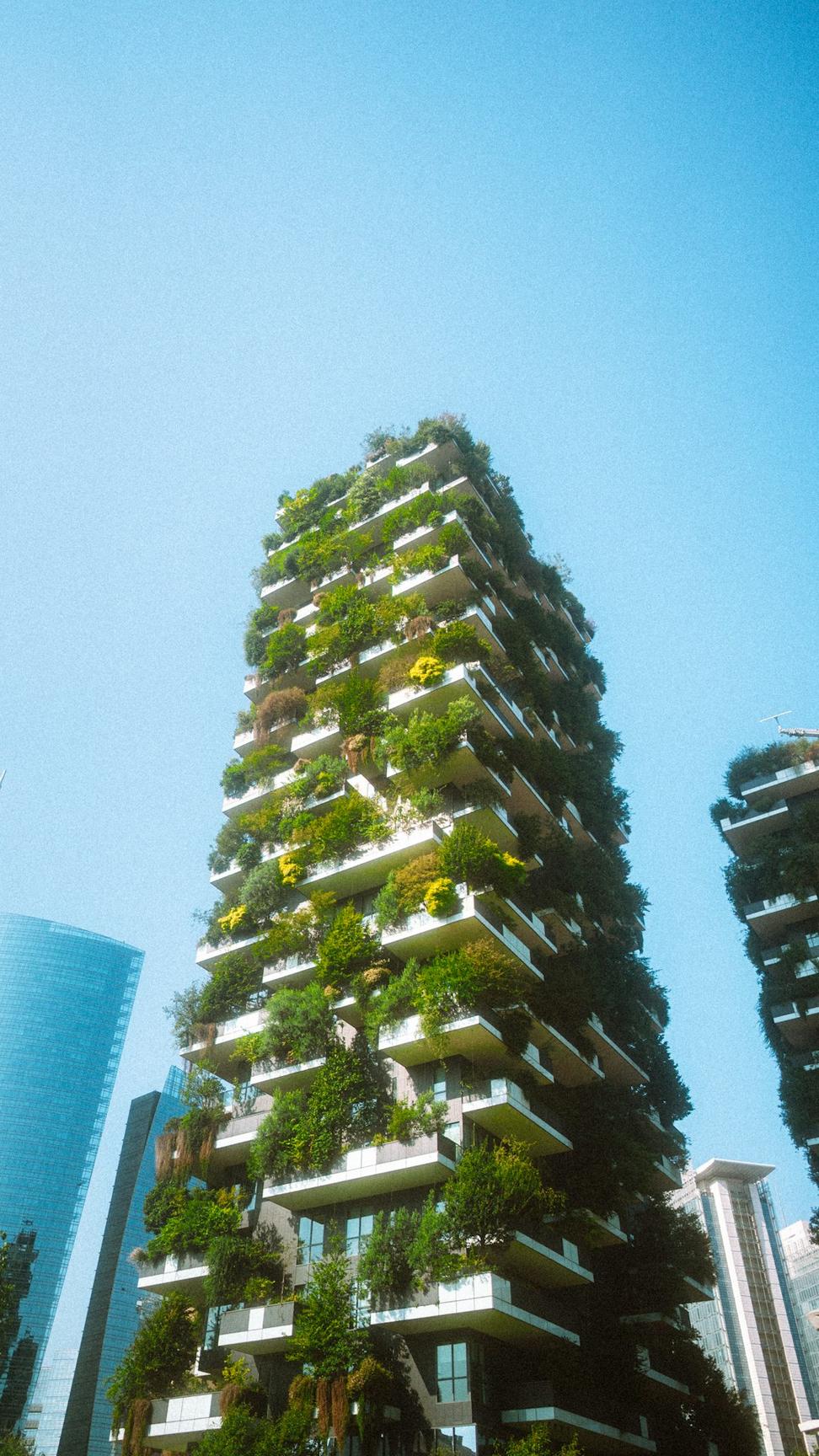Building Today Without Stealing Tomorrow
Honestly, we've spent the last decade figuring out how to design buildings that don't wreck the planet. It's been quite the journey, and we're pretty proud of where we've landed.
85%
Carbon Reduction Average23+
LEED Certified Projects100%
Renewable Energy Ready